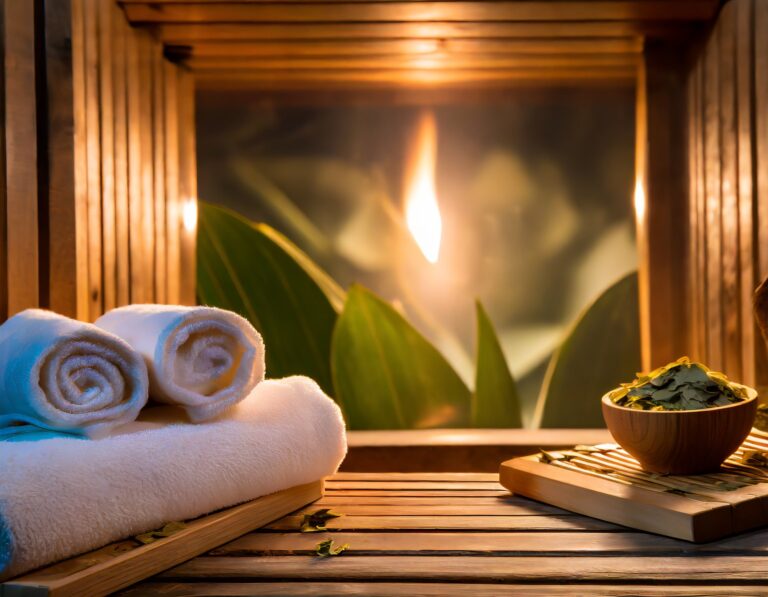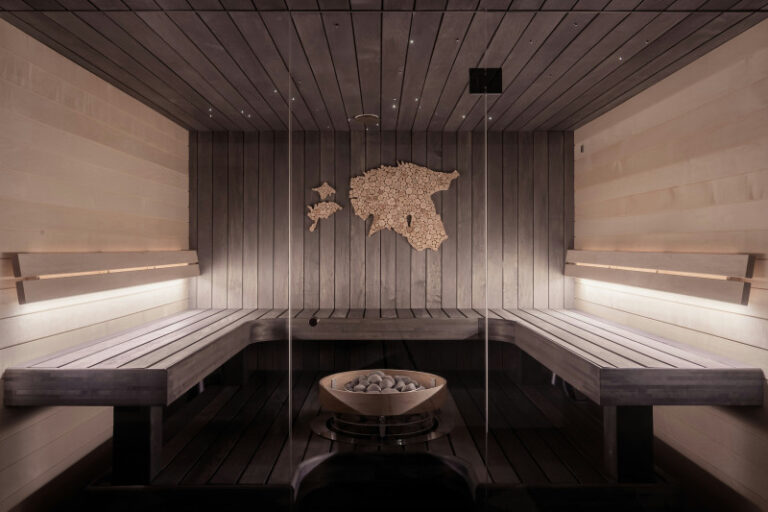Saunas and Aging: How Heat Therapy Can Keep You Young

Heat therapy has been recognized for generations for its profound contributions to well-being. This age-old practice, fundamentally experienced through saunas, could be what we all need to slow aging. Steamy, heated rooms, also known as saunas, have long been celebrated around the globe for their outstanding health contributions. They serve as a relaxing environment where your body can freely perspire, helping cleanse the system of excessive toxins and unwanted substances.
Saunas operate on a simple theory: heating the body to promote sweating. This controlled exposure to high temperatures, even though it could seem counterintuitive, promotes numerous physiological responses that benefit overall health. Numerous studies support that regular, moderated exposure to heat can yield several crucial sauna benefits, not to mention a rejuvenated sense of well-being, a sense of wellness we all genuinely need in this fast-paced world.
The association of saunas with aging opens a new prospect. The complex interactions of heat and the human body provide immediate health benefits and might prevent age-related ailments.
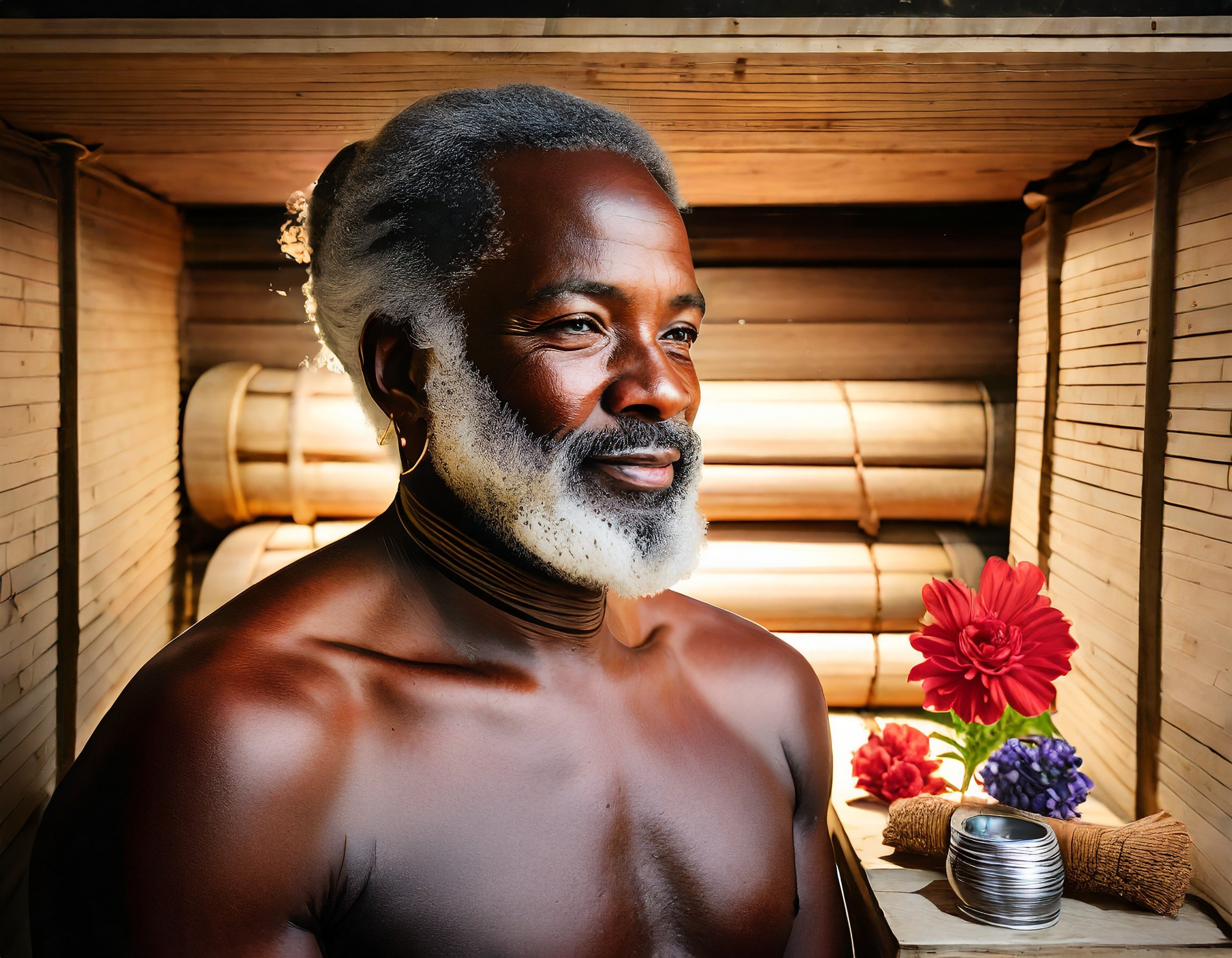
Benefits of Sauna Use
The intriguing world of saunas offers many hard-to-ignore health benefits. From enhanced detoxification to improved circulation, sauna health advantages are certainly extensive and profound.
- Detoxification: Sauna heat encourages the body to sweat profusely, even more so than physical activity. This increased sweat cleanses your body of toxins.
- Heart Health: Studies show that saunas mimic mild exercise. Regularly raising your heart rate trains the body to move blood through the body more efficiently.
- Increased Blood Flow: Heat causes blood vessels to widen or dilate, which increases blood flow throughout the body. As a result, circulation is improved, allowing nutrients and oxygen to move through the body, promoting recovery and rejuvenation.
- Stress Relief: A warm sauna promotes relaxation and relieves daily stressors. This reduction in cortisol can result in better sleep and mental clarity.
- Improved Mood: Alongside reducing stress, saunas help release feel-good hormones like serotonin. This combats symptoms of depression and anxiety, improving overall mood.
Risks of Sauna Use
While generally safe for most people, there are some risks of sauna use. Like any wellness therapy, always listen to your body. Due to the high heat, certain products should be avoided.
- Alcohol and Medication: Do not drink alcohol or take medication that interferes with your body’s ability to regulate body temperature.
- Increased Heart Rate: Those who have aortic valve stenosis, general chest pain, or have recently had a stroke or heart attack should avoid the sauna and speak to a medical professional.
- Extreme Heat: People who have negative reactions to heat exposure should avoid the sauna. This includes people over 65, children under 7, pregnant women, and those with seizures.
- Dehydration: For most people, the most significant risk of sauna use is suffering from dehydration. Understand the signs of dehydration and exit the sauna if you believe you may be dehydrated. Be sure to drink plenty of water before entering a sauna.
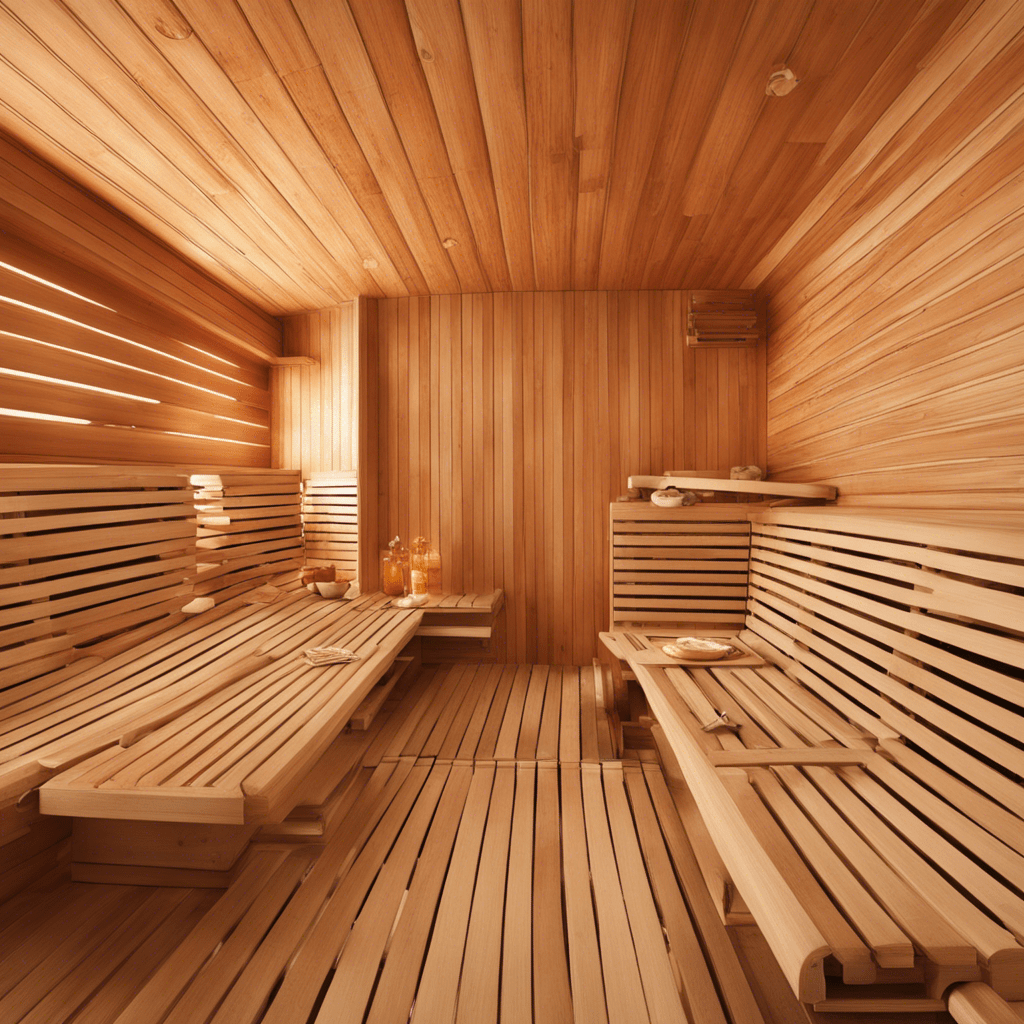
Sauna Use in the Aging Process
Beyond the general benefits, saunas deliver very specific, long-term advantages in the aging process. Saunas affect skin health, physical vitality, and life expectancy. This makes them a helpful tool in an anti-aging wellness routine.
Skin Health
One vital area where sauna use can have noticeable effects is skin health. It’s no secret that how the skin looks and feels significantly affects perceived age. This is why overall skin care is vital in keeping skin looking and feeling young.
Skin cleansing
Saunas work wonders in facilitating deep skin cleansing. They assist in unclogging the pores, cleansing impurities, and removing dead skin cells. This results in more vibrant, fresh, and overall healthier skin. Healthier-looking skin is a major contributor to a youthful appearance.
Blood circulation
Saunas improve blood circulation in the body, including the outer layers of the skin. This enriched blood flow can foster new cell growth, promote collagen production, and assist in skin repair processes, helping to fight common signs of aging like wrinkles and skin laxity.
Physical Health
Physical vitality diminishes as we age, often marked by reduced flexibility and increased joint pain. However, studies show that sauna heat therapy reduces inflammation, aiding in pain management. Additionally, improved circulation can enhance flexibility, another effective solution to ease joint pain.
Immune system
The benefits of heat therapy go beyond joint pain, stiff muscles, and arthritis. Studies show that when used regularly, saunas improve immune systems through increased white blood counts. As the body’s natural defense system, an improved immune system can reduce the risk of falling sick or catching a cold.
Increased Lifespan and Sauna Use
Using saunas to increase longevity may seem a stretch, but research has shown a link between the two. One Finnish study showed that individuals who visited the sauna frequently had markedly reduced mortality rates. Sauna bathing regulars had reduced cardiovascular diseases and deaths overall in both men and women.
Over the years, research has shown promise in saunas reducing the risks of various life-altering conditions. A study published in the Mayo Clinic Proceedings reviewed evidence that saunas can improve blood pressure, lower dementia risks, improve headaches and flu symptoms, and more. By lowering the risks of cardiovascular and neurocognitive diseases, sauna benefits can be a great tool for increased lifespan.
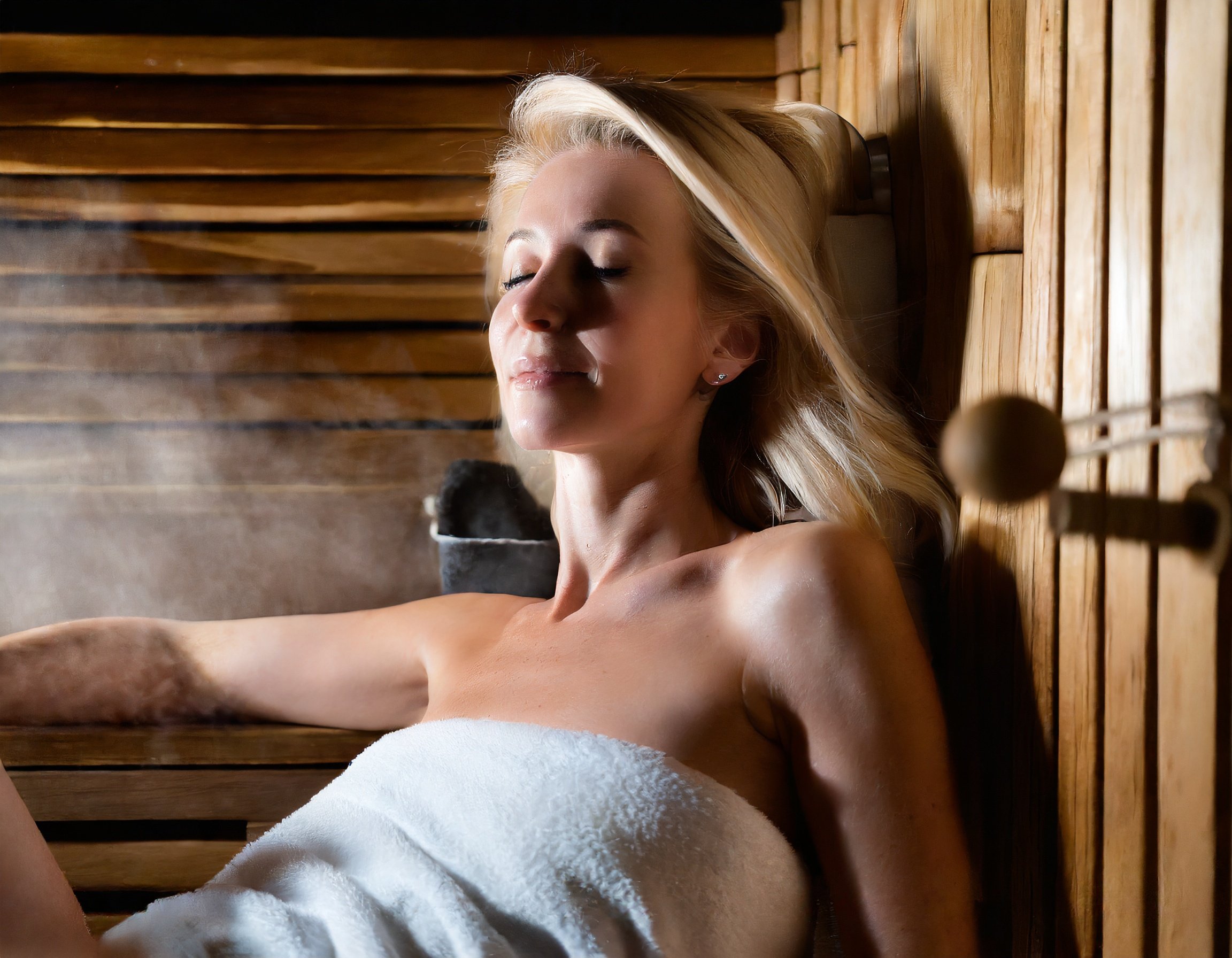
Practical Application of Sauna Benefits to Everyday Life
To gain all the benefits of sauna heat therapy is to establish a consistent routine. While adding variety in the type of sauna, moist heat versus dry heat, and duration may help maximize benefits, the first step is always consistency.
Like other wellness-oriented activities, developing an effective sauna regimen is personal. The frequency, type, and duration of sessions vary and should be tailored to your comfort level and specific health goals. While sauna use is generally considered safe, certain health conditions may need attention before embarking on a sauna regimen. Speak to your medical professionals before beginning to ensure a safe and beneficial practice.
Sauna Duration
Two to three 15-minute weekly sessions benefit most. If you find that time too long, gradually increase your duration to allow your body to get used to the heat. Sauna benefits may be amplified with regular and increased duration, but longer duration increases the risk of dehydration.
According to Healthline, “The Finnish, who the word ‘sauna’ comes from, may have an even simpler suggestion since the sauna is meant for relaxing, not ticking off minutes: Leave the sauna once you feel hot enough.”
Sauna Therapy Variety
Engaging in exercises during sauna therapy sessions can elevate the experience while maximizing the sauna’s sweat benefits. However, it’s vital to ensure such activities don’t lead to overheating or cause discomfort.
Physical exercises, like yoga postures, use warmth to deepen flexibility. The heat also helps with sore muscle relief, so gentle stretches may be beneficial.
Mental exercises during sauna sessions can improve the mind-body connection. Deep meditative practice or visualization techniques could turn each sauna session into a unique opportunity for emotional healing and stress relief. Detox physically and mentally.
Types of Saunas
Standard dry saunas are the most common, especially in Finland, where they are very popular. However, wet saunas, more commonly known as steam rooms, are another option for sauna therapy. Hot saunas use hot stones or an electric stove to increase the temperature, while wet saunas use a steam generator to increase temperatures and humidity.
Both types of saunas provide similar benefits, such as relaxation, improved circulation, and lower cardiovascular risk. However, wet saunas offer benefits that dry saunas do not. Wet saunas help with asthma and COPD improvements thanks to the increased humidity.
Optimizing Sauna Use
Optimizing your sauna experience involves what you do before, during, and after the session.
Before
- Hydrate: Saunas cause fluid loss, so you need to ensure you are hydrated before entering.
- Shower: Clean skin maximizes effective sweating, optimizing a sauna’s skin benefits.
- Dry Brushing: To elevate skin detoxification, consider dry brushing to open up your pores.
- Remove Jewelry: Avoid hot metal on your skin by removing all jewelry.
During
- Relax: Try meditating or quieting your mind instead of focusing on outside factors.
- Be Aware: Monitor your body. If you feel uncomfortable or too hot, exit the sauna and rehydrate.
- Towels: Whether in public or in private, sit on a towel to protect your skin from the seats.
After
- Cool Down: Take a cold shower or go into a cold pool. Cold water may help close pores and readjust your body to normal temperatures.
- Hydrate: Drink water or other cool hydrating liquids to replenish what you lost in the sauna.
- Eat: A salty snack will help replenish sodium and electrolytes. Remember, the body reacts to a sauna as it does to mild exercise, so you’ll want to replenish your energy.
- Clothes: Wear loose-fitting, breathable clothes as you may still sweat afterward.
After a sauna session, reflect on how you felt during and after. This insight may help you determine what you can do to optimize the benefits of sauna therapy going forward. It is also important to remember to practice other healthy habits such as balanced nutrition, adequate sleep, regular exercise, or mindfulness practices. Many factors play into building a personal wellness routine.
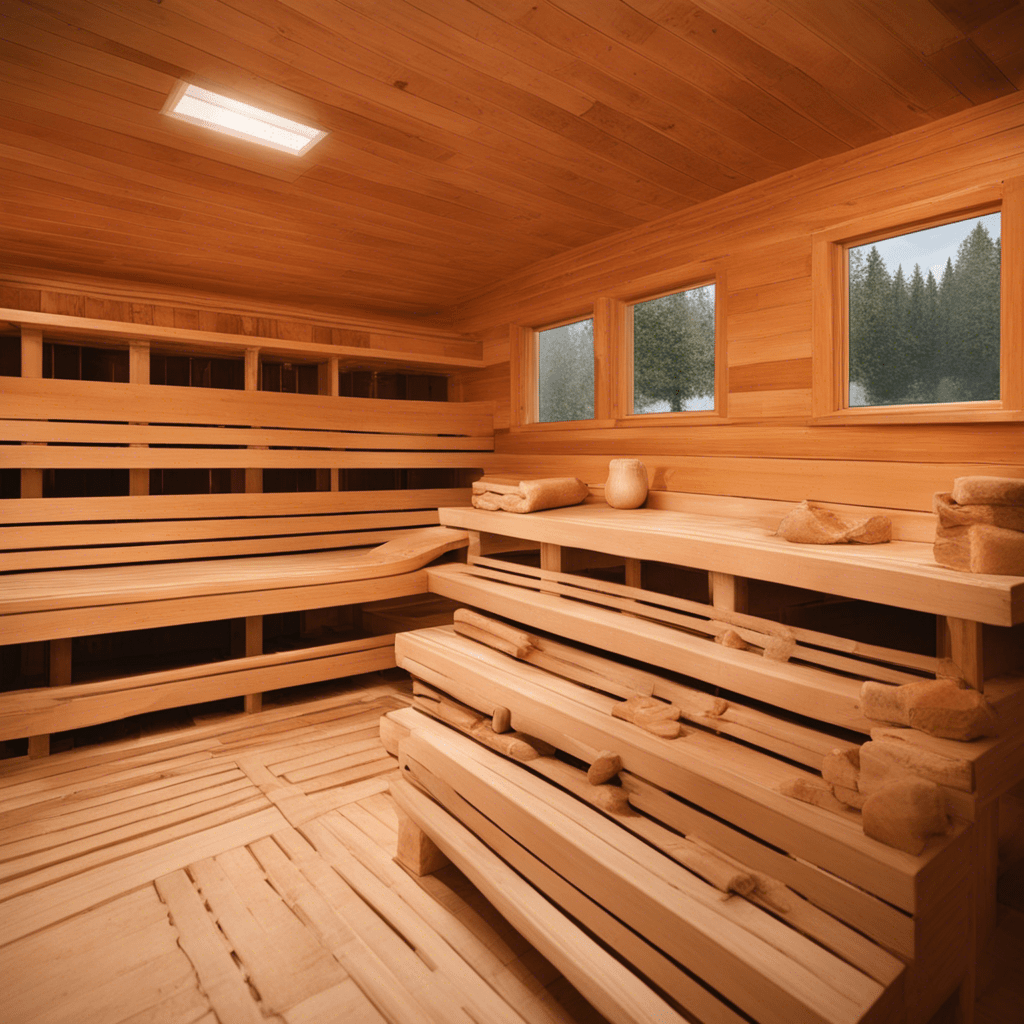
Embracing the Power of the Sauna
Saunas have a treasure trove of beneficial properties, including detoxification, improved circulation and heart health, and mental wellness. They not only offer a soothing environment for relaxation and stress relief but also trigger physical changes. All of this can significantly enhance our well-being and potentially slow down the aging process.
Anti-aging benefits of sauna include rejuvenation of skin, joint pain relief, improvement for some medical conditions, and lowered risks of certain chronic illnesses. Like many wellness habits, to get the benefits, you must make it part of your wellness routine. This includes determining what duration, type of sauna, and added exercises will offer you the best outcome.
Studies have shown that the incredible health benefits from sauna therapy may have a role in increasing life expectancy. This potential certainly makes saunas a wonderful wellness therapy that is worth adding to your health and wellness routine.

